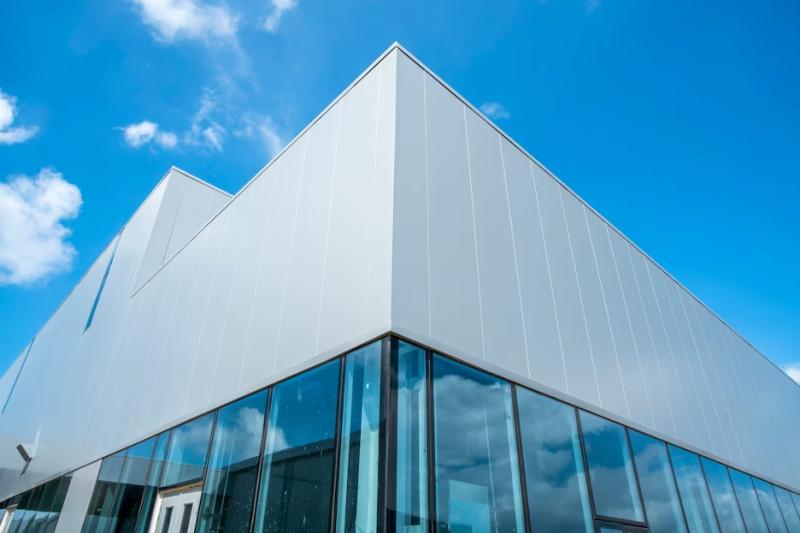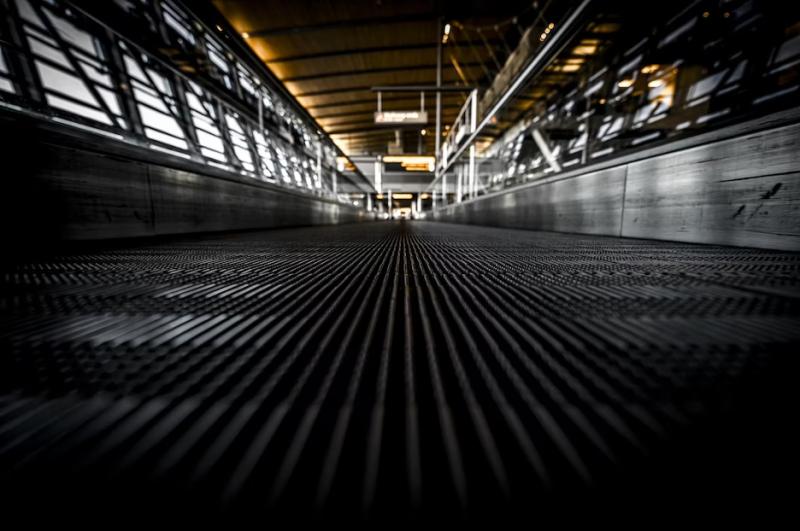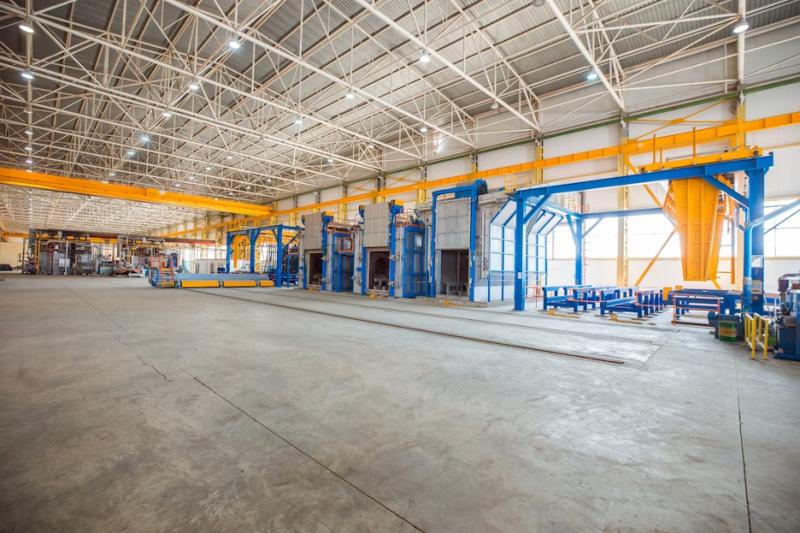Shielding Comfort: A Comprehensive Guide to Insulating Metal Buildings

Metal buildings have exploded in popularity in recent years as a solution for low-cost, sustainable space. They are among the most durable structures on the market and can easily be de-constructed and transported for repurposing in other areas. Should the need arise, they can even be recycled.
With that said, proper insulation is necessary to help get the most out of your metal building. From increasing R-value to improving sound quality, there are numerous ways in which quality insulation can improve upon metal buildings’ numerous benefits.
In this comprehensive guide, we will discuss metal building insulation from all angles, exploring the benefits of metal building insulation, where and how to apply insulation, and the utility of various insulation types.
Why Insulate a Metal Building?

By adding insulation, you can improve the overall performance and comfort of the structure while also reducing energy costs.
One of the main benefits of insulating a metal building is the increased thermal performance. Metal is a conductor of heat, so without proper insulation, the building can be prone to temperature fluctuations. These fluctuations can be rather rapid based on the ambient temperature, as metal does not have as high a thermal mass as a material such as concrete. Therefore, by adding insulation, you can minimize heat transfer, reducing the risk of rapid temperature fluctuations in the interior.
In addition to improving thermal performance, insulation can also improve the sound quality within a metal building. Metal buildings are often prone to reverberation and echo, which can make it difficult to hear and communicate. By adding insulation, you can absorb sound waves and reduce reverberation, creating a more acoustically pleasing environment.
Finally, one of the most important reasons to insulate a metal building is to prevent condensation and moisture buildup. Since steel is not breathable, metal buildings are prone to condensation, which can lead to corrosion and structural damage over time. By adding insulation, you can create a vapor barrier that prevents moisture from entering the building and condensing on the interior surfaces.
Where to Insulate a Metal Building

When it comes to insulating a metal building, several key areas need to be addressed to ensure maximum energy efficiency and comfort.
The first area to consider is the walls. Here, it is essential to use a high-quality insulation material with a high R-value to prevent heat transfer. Common options include fiberglass batts, cellulose, and spray foam. Ensure that the insulation fits snugly between the studs and is installed correctly with proper insulation tools to avoid any gaps or air pockets. Below-grade areas, such as crawl spaces and basements, also require proper insulation to prevent heat loss and moisture problems.
When adding insulation to the roof of a metal building, it is important to consider the weight of the insulation material. Structural n decking is a ribbed support material that is designed to accommodate more weight, making it an ideal choice for roofs that will be insulated with heavy cover board.
Types of Metal Building Insulation
Although there are numerous insulation materials on the market, there are several that have the highest utility for metal buildings: rigid polyiso board, fiberglass batts, and spray foam.
Rigid Board Solutions
Rigid board insulation, commonly in the form of polyiso board, is a popular option for roofs and exterior wall insulation in metal buildings. It is made from a closed-cell, rigid foam insulation material that offers excellent thermal resistance and is easy to install.
One of the major benefits of polyiso board is its high R-value per inch, providing a sheer, lightweight option for resisting heat flow. Metal buildings that employ polyiso board insulation in the walls and roofs experience reduced energy costs and improved energy efficiency of the building.
In addition to its thermal properties, polyiso board is also resistant to moisture, making it an ideal choice for areas with high humidity or where condensation is a concern. It is also lightweight and easy to handle, making it a popular choice for contractors and installers.
Fiberglass Batt Solutions
Fiberglass batt insulation is a very common form of insulation that can be of great benefit to steel structures. It is made of tiny glass fibers that are bonded together to form a blanket of insulation. The glass fibers are arranged in a random pattern, which helps to trap air and reduce the transfer of heat.
Fiberglass insulation is also non-combustible and does not support mold growth. It is lightweight and easy to install, making it a popular choice for metal buildings. It is also very cost-effective, making it an attractive option for DIYers and those looking to save money on their insulation.
Spray Foam Solutions
Spray foam insulation for metal buildings is one of the most popular and effective insulation solutions for steel structures. It provides superior insulation compared to other materials, as it creates an airtight seal that prevents air from entering or leaving the building. This helps to maintain a consistent temperature inside and reduce energy costs. Spray foam also helps to prevent moisture build-up and keep out pests, making it an ideal solution for metal buildings.
Spray foam insulation is applied by spraying a mixture of chemicals that expand and harden into a solid foam. This mixture can be applied directly onto the metal building, or it can be sprayed into a cavity between two metal layers. The foam expands to fill all the gaps, creating an airtight seal. Spray foam insulation is quick and easy to apply, making it an ideal solution for structures that need to go up in a hurry.
Ensure Optimal Performance Through Metal Building Insulation
Despite the myriad benefits of metal buildings in terms of sustainability, these strengths can be leveraged even further with the strategic application of insulation. For more insight on how to optimize performance in your industry, check out the resources at BestHelpTips for ideas and inspirations today!
More to Read:
Previous Posts:








